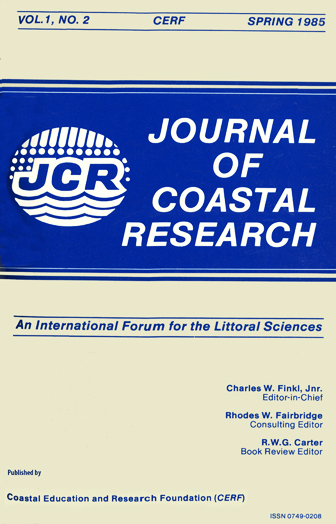Geology and Marine Biology of Makatea, an Uplifted Atoll, Tuamotu Archipelago,
Keywords:
Atoll, coralline algae, coral reef, Makate, marine terrace, raised shoreline, sea level, South Pacific, TuamotuAbstract
Makatea Island, 245 km northeast of Tahiti, is an elevated (60 to 75 m) carbonate frame, ranging in age from the Miocene to the Late Pleistocene. It is morphologically and sedimentologically an atoll -shaped reef tract (outer coral built rim, inner fine-sized to chalky, shelly deposits). During periods of emergence, a dense karstic system has developed and, later, has been partly occulted by pyroclastic-derived phosphates. Uplifted and faulted during Pleistocene times, the island has recorded three high sea-level stands, from the Middle Pleistocene to the Late Holocene. The position of the Late Holocene peripheral fringing reef induces a marked paucity of marine flora and fauna. The algal turfs are dominated by Lobophora and, locally Turbinaria, whereas Porolithon ridges flourish on the high energy reef fronts. The coral communities are prospering along the outer slopes only (Pocillopora, Acropora, Astreopora mainly). The distributional pattern of molluscs is rather similar to those of the other Tuamotu Islands; the dominant genera are Turbo, Drupa, Mitra, Conus, Tectarius, Thais, Littorina. The echinid Colobocentrotus is common, while Grapsids and Xanthids predominate among crustaceans.


